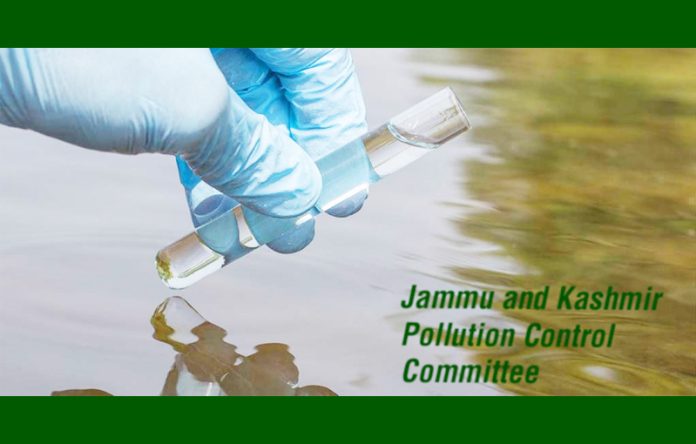The recent disclosure by the Jammu and Kashmir Pollution Control Committee (JKPCC) to the NGT that no institution in Jammu and Kashmir can detect viral infections in drinking water is alarming. This revelation came to light in the wake of a jaundice outbreak in Pahnoo Village, Shopian District, underscoring a critical gap in the region’s public health and safety infrastructure. Waterborne diseases, particularly those caused by viruses, pose a significant health risk. The inability to detect these pathogens in drinking water is not just a technical shortfall but a serious public health concern. Despite the high count of fecal coliform found in water samples, which indicates bacterial contamination, the specific viral agent causing jaundice remained unidentified due to the lack of testing facilities. The response from various institutions approached by the JKPCC highlights a systemic issue as all the responsible departments reported the absence of facilities for viral detection in their respective laboratories. This situation is untenable, especially in a region where waterborne diseases are not uncommon.
The MPN (Most Probable Number) method used to detect bacterial contamination, while useful, falls short in identifying viral pathogens. The fact that even the District Public Health Labs (DPHLs) are limited to this method reflects a significant gap in the region’s capability to safeguard public health. The JKPCC’s call for conducting virological tests in accredited laboratories outside the UT is a step in the right direction, but it is not a sustainable solution. Such facilities at the local level capable of comprehensive water quality analysis, including viral detection, are a must. This requires a multi-faceted approach involving upgrading existing laboratories, training personnel, and ensuring consistent funding and support from the State and Central Governments. The absence of facilities to detect viral infections in drinking water in Jammu and Kashmir is a glaring oversight that demands immediate attention. Both state and central authorities must recognise this issue as a priority and allocate the necessary resources to build a robust water safety infrastructure.
Trending Now
E-Paper


